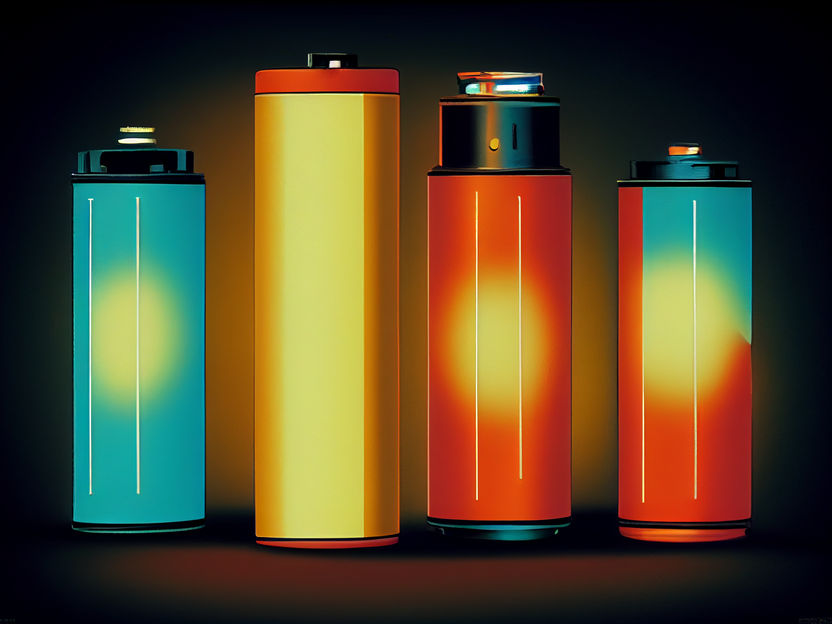Battery Market Study: Efficiency and Sustainability are the Most Important Trends
Asia still leading in research and development by a wide margin
In the coming years, the global battery market will be shaped primarily by the factors of sustainability, the availability of raw materials, the growing number of electric cars, and the desire for ever more powerful batteries. Because demand is unbroken, manufacturers are constantly expanding their capacities. By 2030, global production could reach six to nine terawatt hours. These are some of the findings of the “Battery Monitor 2022”, the second edition of which was published by the chair “Production Engineering of E-Mobility Components” (PEM) at RWTH Aachen University together with the strategy consultancy Roland Berger.

Symbolic image
Computer-generated image
Since the materials used in batteries today determine up to 70 percent of the total cell costs, the publication sheds light on the entire value chain of battery production in the field of tension between economy and ecology. “The second edition is more focused on the life cycle phases of the lithium-ion battery,” says co-editor Dr. Heiner Heimes, PEM's Executive Chief Engineer. To this end, the study defined the indicators “Sustainability”, “Technology performance”, “Profitability/Competitiveness”, and “Innovativeness” for each of the phases. The “Battery Monitor 2022” looks at the battery materials needed for manufacturing, cell production, battery development and usage as well as battery recycling and reuse. Furthermore, it provides an overall view of what is currently happening in the market. “This provides an accurate picture of the technological maturity of today's lithium-ion batteries,” says Heimes. The energy density of traction batteries, for example, has increased more than eightfold by 2020, while costs have dropped to one-eighth.
A close look at the entire value chain from raw material to reuse
“With the advent of power-hungry devices and especially electric mobility, the focus has shifted from disposable energy cells to ultra-efficient rechargeable devices, high-energy battery packs and fast-charging options,” says co-editor Wolfgang Bernhart, partner at Roland Berger. The main drivers of change are not only the growing need for high-performance batteries, but also aspects such as sustainability and raw material availability. The EU Battery Directive, for example, which aims to reduce CO2 emissions in battery production, shows how closely the two are linked. The directive stipulates technical documentation in a "Battery Passport" for the period from 2027 and a minimum proportion of recycled materials from 2030 – with the proportion increasing until 2035. At the same time, recycling capacities are growing: The plants available in Europe could increase their volume from 116 at present to around 400 kilotons per year by 2030.
Asia still leading in research and development by a wide margin
The publication also looks at the current political framework conditions in the regions of Asia, Europe, and North America and the respective incentives for more sustainable battery production. The study also shows the dominance of the Asian region in innovations to date. For example, Asia accounts for around 70 percent of all international patent families filed between 2000 and 2018. Europe accounted for around 19 percent and the USA for around 14 percent.
Other news from the department business & finance
These products might interest you
Most read news
More news from our other portals
See the theme worlds for related content
Topic World Battery Technology
The topic world Battery Technology combines relevant knowledge in a unique way. Here you will find everything about suppliers and their products, webinars, white papers, catalogs and brochures.

Topic World Battery Technology
The topic world Battery Technology combines relevant knowledge in a unique way. Here you will find everything about suppliers and their products, webinars, white papers, catalogs and brochures.






























































